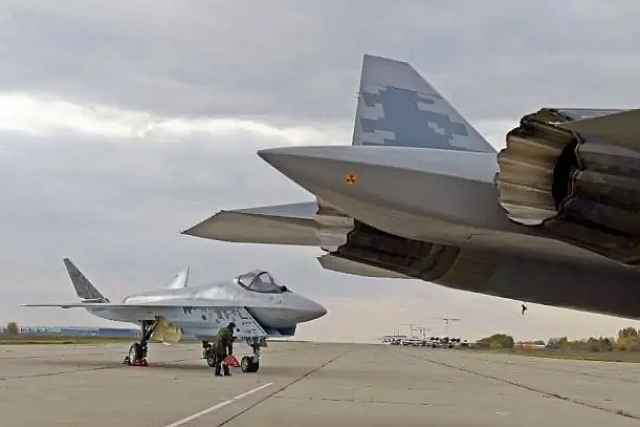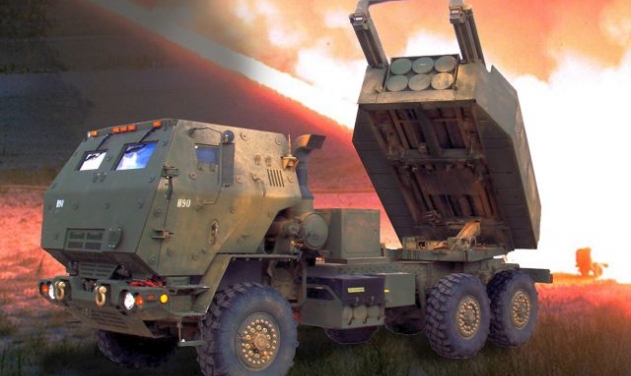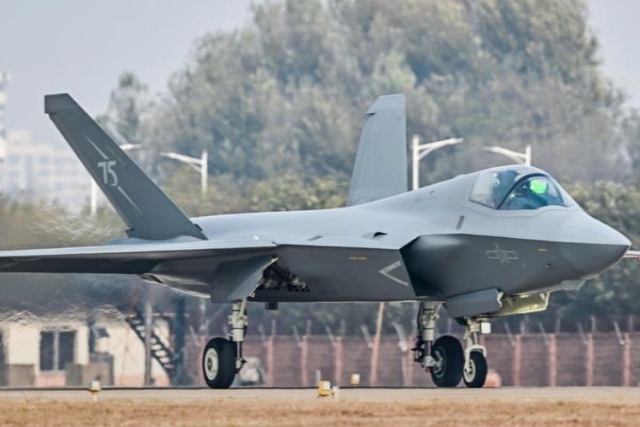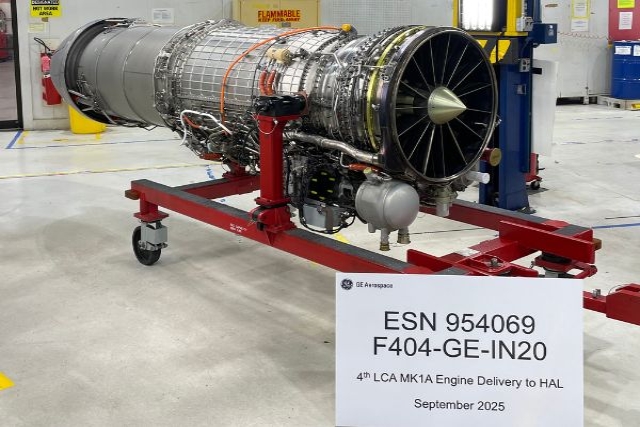Europeon A-10 Fighter Squadron Inactivates Service
The U.S. Air Force inactivated the 81st Fighter Squadron today at Spangdahlem Air Base, Germany in support of force-shaping procedures across the service.
The squadron employed the A-10 Thunderbolt II attack aircraft, and the closure signals the end of A-10 operations in Europe.
"For 71 years, the men and women of this fine squadron have ensured America's security," said Col. David Lyons, 52nd Operations Group commander. "The 81st Fighter Squadron piloted many of the most iconic and legendary aircraft the world has ever seen. It leaves me with one thought -- that whatever ... was provided or whatever mission was demanded, the squadron delivered without question and without fail."
The U.S. Air Force senior leadership continuously evaluates the branch's units, programs and equipment to determine the readiness and capability of U.S. air power. The Department of Defense has a responsibility to maintain national security and protect the interests of the United States and its allies.
However, fiscal constraints stemming from the Budget Control Act of 2011 and reduced defense funding outlined in the 2013 presidential budget required the Air Force to develop a strategic vision for future operations during this financial crisis.
A proposal, submitted to Congress in 2012, was accepted and then included in the National Defense Authorization Act for Fiscal Year 2013. To execute the actions detailed in the NDAA, the Air Force began facilitating activation, reassignment and divestiture actions.
In other words, the U.S. Air Force merged missions and cut manning and equipment to stay within its approved budget.
The 52nd Fighter Wing now employs only the F-16 Fighting Falcon fighter aircraft since the inactivation of the 81st and the removal of the A-10s. The F-16 is a multipurpose fighter, meaning it can fight air-to-air and air-to-ground, and the A-10 provided only close-air support to ground forces. The capabilities of both aircraft, while not the same, are similar enough to merge both roles into one unit.
"As the world has changed, so has the demand for regional forces," said Lt. Col. Clint Eichelberger, 81st FS commander. "At one time there were six squadrons of A-10s in Europe with over 140 aircraft and tens of thousands of Cold War ground forces preparing for battle.
"Today, the climate has changed in this part of the world," he continued. "And so has the need for conventional forces like the A-10."
Eichelberger said that instead of focusing on the somber nature of a squadron's inactivation, today's Airmen should use this historic milestone as a way to celebrate and honor the accomplishments of the 81st and the spirit and enthusiasm that has carried the squadron through decades of change.
"It's important to know that even though we are closing the doors on our building," he said, "the people who worked within the squadron continue to train to increase the combat capability of our Air Force. Specifically, in our case, many of these people will focus on becoming the close-air-support experts that are needed down range to accomplish the mission and help bring our young Sailors, Soldiers, Airmen and Marines home safely."









